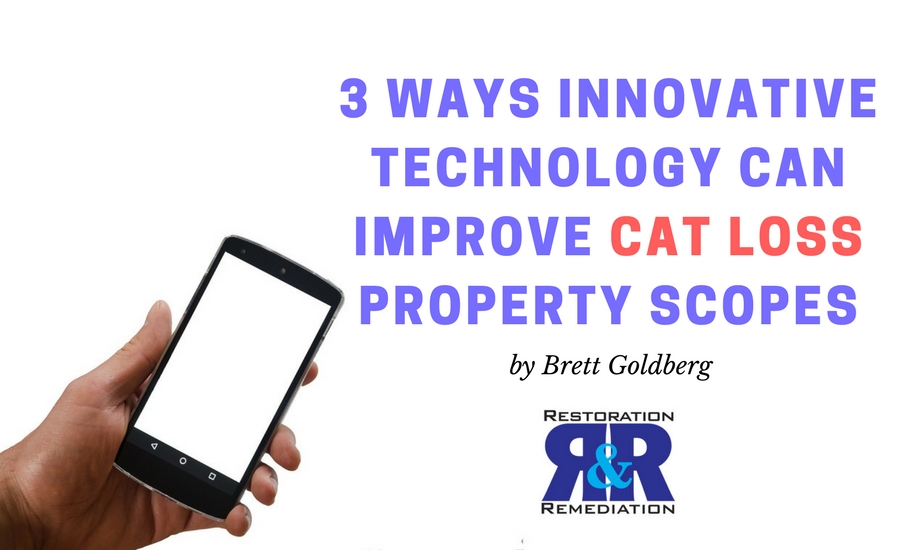This past weekend produced a near unprecedented event for the United States -- the first time two category four hurricanes have hit the mainland US within the same storm season in over 150 years. Hurricane Harvey’s arrival to Texas in late August was followed by Hurricane Irma’s visit to Florida on September 10th. The two hurricane visits are expected to produce a staggering number of insurance claims and challenges for the industry as adjusters, contractors, engineers and consultants jump into action to assess storm damage and commence the recovery process. Will there be enough experienced field workers to assess properties? Will the damage be inspected accurately? As we all know, restoration work can’t start until the proper scope and estimate have been produced on a property loss.
New technology will be on display in the weeks ahead. That technology will create more efficient solutions for the insurance industry, restoration industry, homeowners, and commercial policyholders. The historical clipboard-and-ladder scoping technologies are being replaced with digital solutions that are better, faster, and cheaper. Here are a few of the solutions we anticipate being most useful at Harvey and Irma deployments over the coming months:
- Lasers, Measurements and 3D Imaging
An essential part of the restoration process involves identifying and measuring damaged property materials. Diagramming can be an important part of this task too. Companies like Eagleview began changing the landscape to digital a decade ago. New technology solutions have emerged since that time.
Of course, every use case produces different needs, but a few of our favorite tools in this general area include the Bosch FloorPlan, Spike, Hover and Matterport. These tools are slick, accurate, and can capture valuable measurements and image details quickly.
- Field Data Capture
The inspecting task is a relatively straightforward one: identify damaged building materials and record that information for subsequent work tasks. Thorough and comprehensive inspections are valued during CAT inspections to avoid future re-work or re-inspections.
Pre-designed forms or protocols can be an important part of the workflows here. These protocols are especially useful for less-experienced inspectors as a way to standardized the inspection process. In addition to newer camera solutions like drones or the Ricoh 360, digital platforms like LiveGenic or Spex can offer a more effective way to capture field data in CAT environments.
It is essential to keep in mind that CAT environments lead to limited power and network connectivity. As such, the best digital solutions include extensive battery life and offline connectivity.
- Digital Scoping
The scope is the place where the inspection and an estimate merge to produce accurate pricing details. With that information in hand, carriers can make payments to policyholders and restoration contractors can commence the restoration process.
Scoping is a semi-complex task that combines inspection detail with knowledge of insurance policy and pricing detail. Estimating platforms such as Xactimate or Symbility have historically been key to this task. Newer solutions like Accurence, Encircle or Spex are helping mitigate the complexity, especially for field workers. They can help streamline the estimating task or remove estimate writing responsibilities from field personnel altogether if the data is transferred to a “back-office” location and alternative resources.
The most important thing to remember is that speed and ease-of-use are essential here -- and even more so right now -- given the timing of Harvey and Irma. The industry’s mission is to rebuild lives and properties quickly. Technologies that are challenging to learn or adopt will not be better than the “status quo.” So, we recommend identifying one or more technologies that create new levels of speed and efficiency. Doing so will result in more business, happier insurance carriers, and policyholders who can re-establish their lives more quickly.

